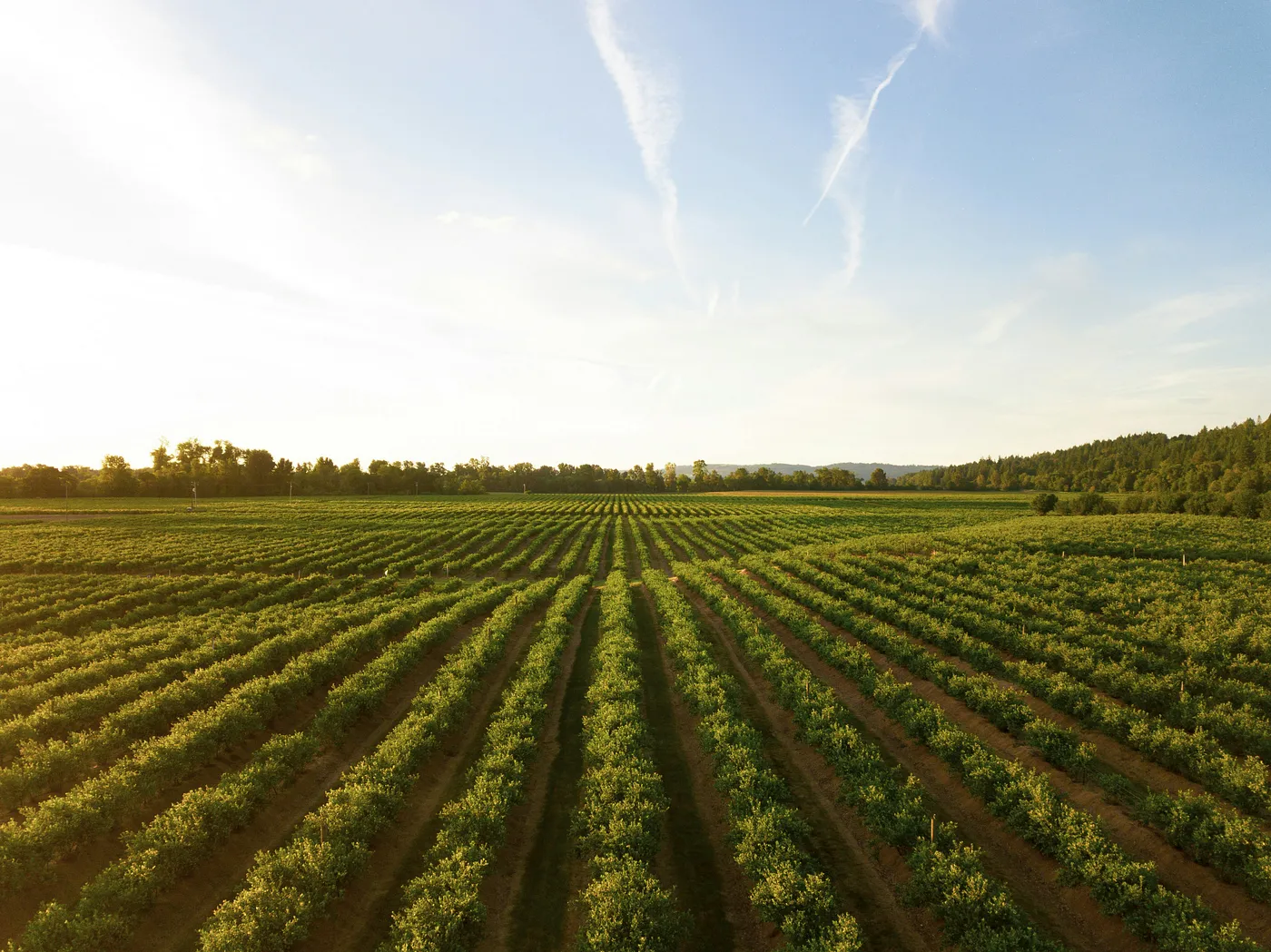Water Rights - The Story of Idaho’s Water Crisis
The Idaho state government issued water curtailment orders in early June because multiple districts exceeded the amount of groundwater they were allowed to withdraw. This curtailment threatened the health of crops and had the potential to devastate the Idaho agriculture industry.

Photo by Dan Meyers on Unsplash
In the United States, the food and agriculture sector supports over 46 million jobs and contributes more than $8 trillion to the U.S. economy annually (exports contributing another $202 billion). This summer, hundreds of thousands of acres of farmland were put at risk in the face of a water curtailment in Idaho. This had not only the potential to impact farmland, but also the security of American farmers, the national food supply, and the economy.
This situation stems from the “first in time, first in right” water doctrines established in western states. It has led many to wonder how water rights have impacted the vitality of farms and how farmers and state governments will band together to prevent future devastation of farmlands.
What are Water Rights?
Photo by Steve DiMatteo on Unsplash
Water rights, the legal rights bestowed to property owners to access water adjacent to land they own, vary throughout the eastern and western parts of the United States. In the Western states, the majority of people follow the prior appropriation doctrine. It grants the right to divert water to the first person who used it when there isn’t enough water for all property owners. On the contrary, many eastern states follow the riparian doctrine, which restricts water use to those who own the land adjacent to the water source.
Idaho specifically follows the “first in time, first in right” doctrine, meaning that a property owner has the right to continue using water if they are the first to use it. Those who used a certain water supply first are considered to have “senior rights” to the water, while those without initial access to a supply of water are considered to have “junior rights”. Water rights can be bought, sold, leased, and passed down through generations.
What is Water Curtailment?
Photo by Kseniia Ilinykh on Unsplash
During times where there is not a sufficient amount of water to allocate to all property owners with water rights, senior water right holders are favored over junior water right holders. In scenarios where there is not enough water to support all the known needs in a watershed, a state may issue Curtailment Orders. These directives order water right holders to cease water use, with junior water right holders forced to reduce their water use first.
Idaho’s Crisis
Photo by Léon McGregor on Unsplash
In early June, Eastern Idaho farmers with junior water rights who rely on groundwater to irrigate their crops were threatened with a curtailment order by the Idaho Department of Water Resources. This was a result of nine groundwater districts drawing more water than they had been allotted in a 2016 agreement. This curtailment had the potential to dry up more than 300,000 acres of farmland, jeopardizing many of the crops necessary to feed millions of Americans.
Fortunately, a mitigation agreement for 2024 was submitted to the Idaho Department of Water Resources. After approval, it lifted the curtailment for all nine groundwater districts. The groundwater districts are now required to conserve 240,000 acre-feet of water and deliver 50,000 acre-feet of storage water to the Surface Water Coalition to help end the current water shortage.
“A crisis has been averted,” said Idaho Lt. Governor Scott Bedke. While the agreement worked on by Bedke and Governor Little has prevented crops from drying out this year, without a reevaluation of current policies there is little stopping this agricultural catastrophe from happening again in the future in Idaho and other areas of the United States.
Working Toward Solutions
Photo by Tomasz Bazylinski on Unsplash
According to Lt. Governor Bedke, “there is a commitment to sit down and negotiate to make sure this doesn’t happen again next May and June.” In order to see sustainable policy change, it is crucial that senior and junior water right holders cooperate with each other.
One proposed solution involves updating waterways with modern infrastructure technology to maximize the amount of water all holders can access. However, some senior right holders seem apprehensive about making changes to the current system, stating, “…we don’t want to see those acres dried up… but nonetheless, we’ve got to exercise our rights as well.” While it may not be easy, farmers are working diligently to prevent further crop destruction in the upcoming agricultural seasons.
Recap
The Idaho government issued water curtailment orders in early June because multiple districts exceeded the amount of groundwater they were allowed to draw. However, this curtailment threatened the health of crops and had the potential to devastate the Idaho agriculture industry. State governors successfully negotiated an agreement to end these curtailment orders, preventing over 300,000 acres of farmland from drying out. Farmers with junior rights are now fighting to establish more modern methods of water withdrawal to prevent the “first in time, first in right” doctrine from harming their crops in the future.